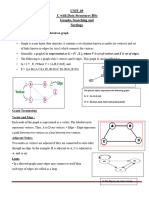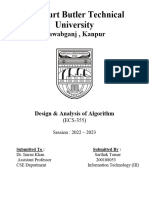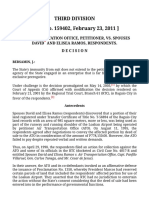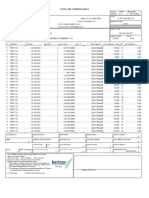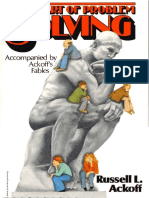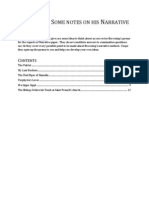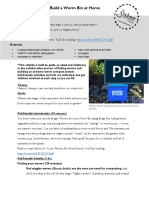0% found this document useful (0 votes)
13 views15 pagesGraphs Sample
The document provides an overview of graph theory, including definitions of graphs, vertices, edges, and various graph representations such as adjacency matrices and lists. It discusses graph traversal techniques like Depth First Search (DFS) and Breadth First Search (BFS), as well as concepts related to spanning trees and minimal spanning trees, including Prim's and Kruskal's algorithms. Additionally, it highlights real-world applications of graphs in areas such as social media analysis, network monitoring, and autonomous vehicles.
Uploaded by
gangabhavanibheeshettiCopyright
© © All Rights Reserved
We take content rights seriously. If you suspect this is your content, claim it here.
Available Formats
Download as PDF, TXT or read online on Scribd
0% found this document useful (0 votes)
13 views15 pagesGraphs Sample
The document provides an overview of graph theory, including definitions of graphs, vertices, edges, and various graph representations such as adjacency matrices and lists. It discusses graph traversal techniques like Depth First Search (DFS) and Breadth First Search (BFS), as well as concepts related to spanning trees and minimal spanning trees, including Prim's and Kruskal's algorithms. Additionally, it highlights real-world applications of graphs in areas such as social media analysis, network monitoring, and autonomous vehicles.
Uploaded by
gangabhavanibheeshettiCopyright
© © All Rights Reserved
We take content rights seriously. If you suspect this is your content, claim it here.
Available Formats
Download as PDF, TXT or read online on Scribd
/ 15































